S. Xu
cecilia: A Machine Learning-Based Pipeline for Measuring Metal Abundances of Helium-rich Polluted White Dwarfs
Feb 07, 2024Abstract:Over the past several decades, conventional spectral analysis techniques of polluted white dwarfs have become powerful tools to learn about the geology and chemistry of extrasolar bodies. Despite their proven capabilities and extensive legacy of scientific discoveries, these techniques are however still limited by their manual, time-intensive, and iterative nature. As a result, they are susceptible to human errors and are difficult to scale up to population-wide studies of metal pollution. This paper seeks to address this problem by presenting cecilia, the first Machine Learning (ML)-powered spectral modeling code designed to measure the metal abundances of intermediate-temperature (10,000$\leq T_{\rm eff} \leq$20,000 K), Helium-rich polluted white dwarfs. Trained with more than 22,000 randomly drawn atmosphere models and stellar parameters, our pipeline aims to overcome the limitations of classical methods by replacing the generation of synthetic spectra from computationally expensive codes and uniformly spaced model grids, with a fast, automated, and efficient neural-network-based interpolator. More specifically, cecilia combines state-of-the-art atmosphere models, powerful artificial intelligence tools, and robust statistical techniques to rapidly generate synthetic spectra of polluted white dwarfs in high-dimensional space, and enable accurate ($\lesssim$0.1 dex) and simultaneous measurements of 14 stellar parameters -- including 11 elemental abundances -- from real spectroscopic observations. As massively multiplexed astronomical surveys begin scientific operations, cecilia's performance has the potential to unlock large-scale studies of extrasolar geochemistry and propel the field of white dwarf science into the era of Big Data. In doing so, we aspire to uncover new statistical insights that were previously impractical with traditional white dwarf characterisation techniques.
Distributed Low-Rank Estimation Based on Joint Iterative Optimization in Wireless Sensor Networks
Nov 05, 2014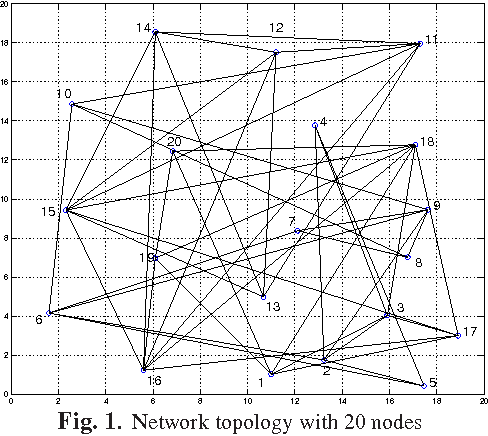


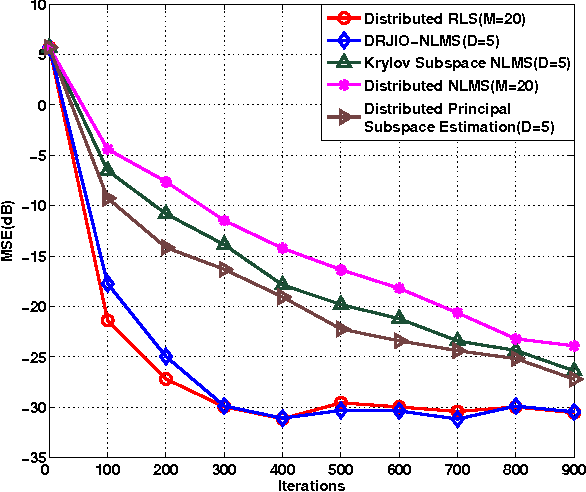
Abstract:This paper proposes a novel distributed reduced--rank scheme and an adaptive algorithm for distributed estimation in wireless sensor networks. The proposed distributed scheme is based on a transformation that performs dimensionality reduction at each agent of the network followed by a reduced-dimension parameter vector. A distributed reduced-rank joint iterative estimation algorithm is developed, which has the ability to achieve significantly reduced communication overhead and improved performance when compared with existing techniques. Simulation results illustrate the advantages of the proposed strategy in terms of convergence rate and mean square error performance.
Dynamic Topology Adaptation and Distributed Estimation for Smart Grids
Jan 14, 2014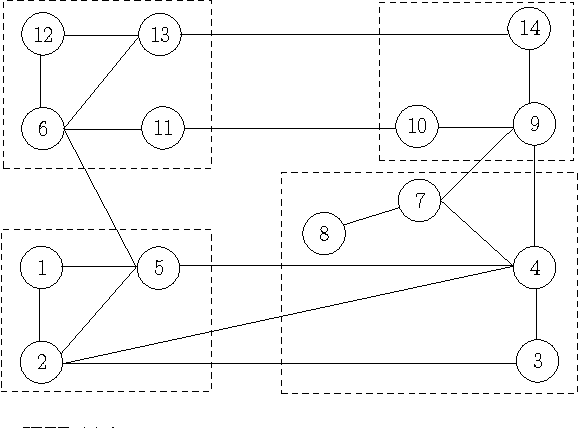
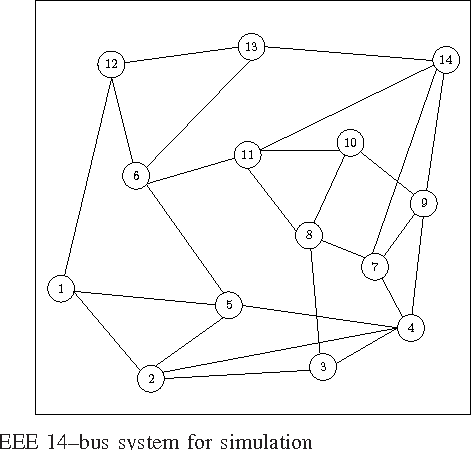
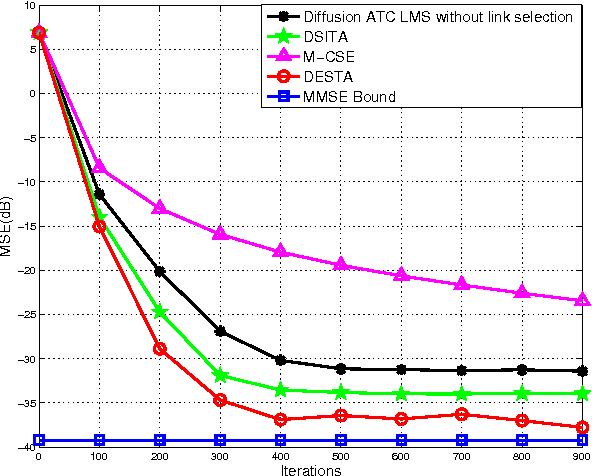

Abstract:This paper presents new dynamic topology adaptation strategies for distributed estimation in smart grids systems. We propose a dynamic exhaustive search--based topology adaptation algorithm and a dynamic sparsity--inspired topology adaptation algorithm, which can exploit the topology of smart grids with poor--quality links and obtain performance gains. We incorporate an optimized combining rule, named Hastings rule into our proposed dynamic topology adaptation algorithms. Compared with the existing works in the literature on distributed estimation, the proposed algorithms have a better convergence rate and significantly improve the system performance. The performance of the proposed algorithms is compared with that of existing algorithms in the IEEE 14--bus system.
 Add to Chrome
Add to Chrome Add to Firefox
Add to Firefox Add to Edge
Add to Edge